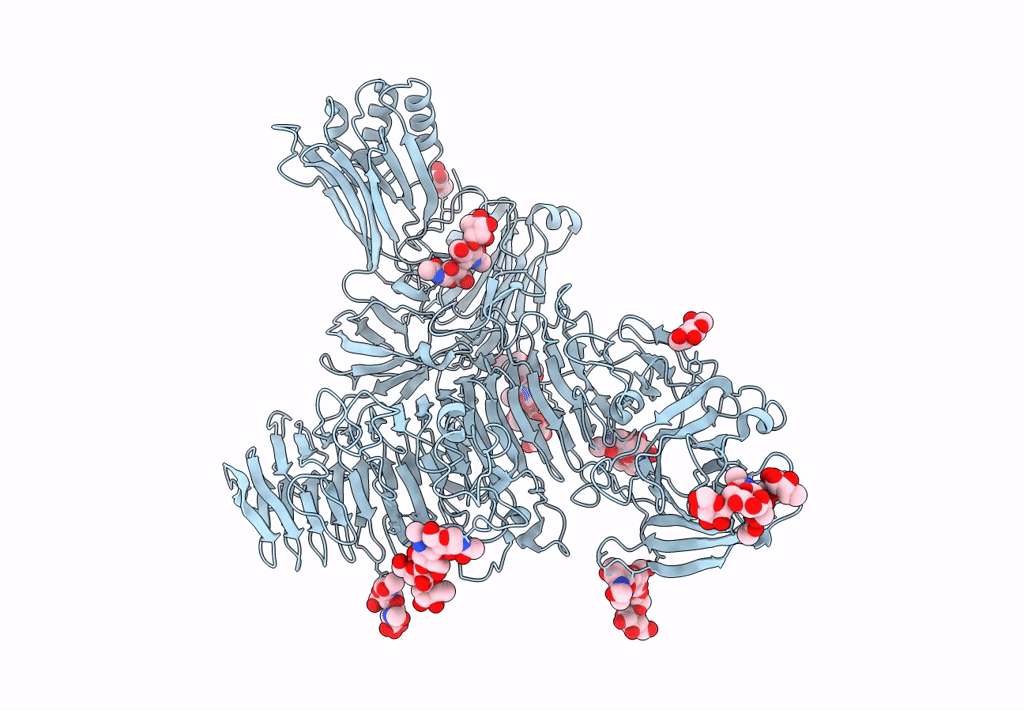
Deposition Date
2023-01-11
Release Date
2023-02-01
Last Version Date
2024-10-23
Method Details:
Experimental Method:
Resolution:
3.50 Å
R-Value Free:
0.31
R-Value Work:
0.26
R-Value Observed:
0.26
Space Group:
P 42 21 2


